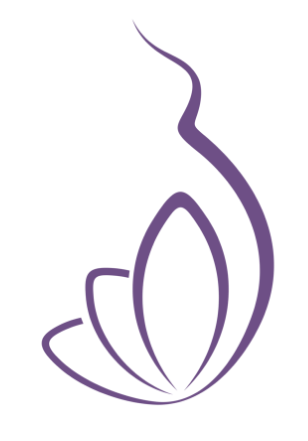Give that SI Joint Some Lovin’
Anatomy Lesson: What is my SI Joint and Why Does it Hurt?
The Sacroiliac Joint (SIJ) is located at the base of the spine on either side, where the two sides of the pelvis connect to the sacrum. It is heavily supported by ligaments and musculature. Although it is a movable joint, it is a gliding joint, meaning the SIJ should only allow a small margin of motion and needs a lot of support to hit that balance of just enough, but not too much movement.
Discomfort is a very common complaint among pregnant women and normally the blame is all put on Relaxin, the hormone released into your system that loosens all of our ligaments. Relaxin can definitely be a factor in the presence or degree of SIJ discomfort, however, it is not the only one to blame. Weakness or lack of control in the glutes and supporting musculature can lead to misalignment between the spine and pelvis and contribute to pain or discomfort in the SIJ.

Stretching and Bracing: The Short Term Fix.
In the Health and Wellness community, it has been a common practice for many years that: when something hurts, either brace it and immobilize the joint or stretch the living heck out of it. This philosophy is flawed in that it addresses only one subject: range of motion. Addressing the excess or lack of range of motion is only one part of the puzzle. Bracing will immobilize the joint, this can be helpful when exercising or for a few hours at a time, however, too much use of an SIJ belt or brace can create a dependency on the brace and weaken the supporting structures to the point where the brace is a necessity for function rather than a helpful tool to treat excess discomfort. Stretching leads to more stretching, which leads to more stretching, which leads to, you guessed it more stretching. Excessive stretching of the structures surrounding the SIJ can momentarily relieve the pain, but increasing mobility more and more without balancing it with strength and control, can lead to hyper-mobility, or too much motion causing instability and potential damage to the joint.

The Glutes & Their Friends: the Posterior Oblique Sling
The glutes provide muscular support for the pelvis and SIJ and act as prime movers for dynamic functions like walking, running, and jumping. In regards to functional movement, the glutes, as well as all muscles in the body, do not work in isolation. Muscles work together in specific lines of pull to created smooth functional movement. The Posterior Oblique Sling (POS) is a cross body partnership comprised of the gluteus maximus, the lower back fascia, and the opposing latissimus dorsi muscles.
The POS connects the shoulder to the opposing hip and is responsible for generating power, speed, and strength during the dynamic functions mentioned earlier. Dysfunction in this partnership can not only pump the brakes on your speed, power and strength, but also cause a lot of pain and discomfort in the SIJ. A balance of strength in the POS and mobility in the surrounding structures can help to prevent and decrease SIJ discomfort.
Finding the Balance: Strength and Mobility
When the POS is weak or dysfunctional, the pelvis can lean towards an anterior pelvic tilt. With an anteriorly tilted pelvis, the quads and hip flexors can get very tight along with a hip muscle called the piriformis that sits across the SIJ and is a common compensatory muscle for the glutes. Self-myofascial release using a foam roller or small hard ball can help to massage trigger points in these muscles that could be impeding a healthy range of motion. But don’t stop there! Exercises that work to strengthen the lats and the glutes together, will work the whole POS and help to create a strong and dynamic internal brace across the lower back and SIJ.

